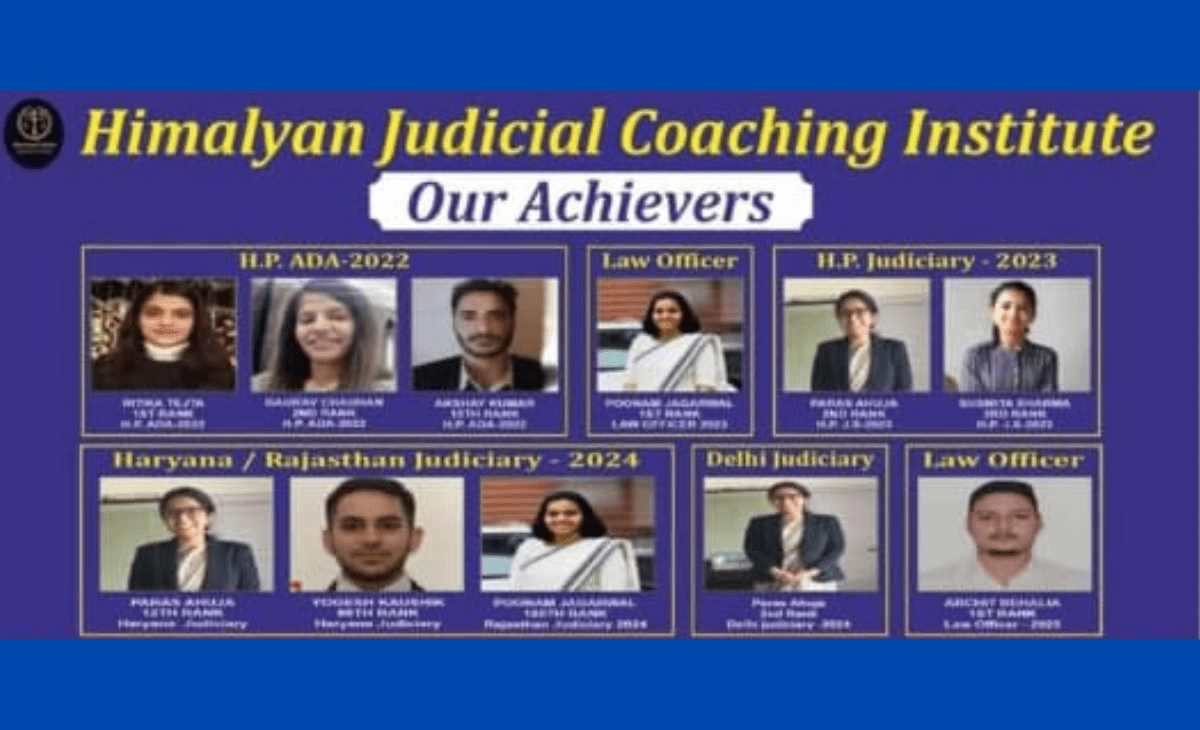Sunil Chadha
Dharamshala: The Central University of Himachal Pradesh (CUHP) is set to add a sports academy and a world-class auditorium to its growing infrastructure, Vice Chancellor Prof. Sat Prakash Bansal told The Newz Radar in an exclusive interview.
Prof. Bansal said the need for such facilities has long been felt, noting that despite hosting four major sports events so far, CUHP has done so without a dedicated stadium or indoor arena. “We have been operating with makeshift arrangements—and yet, our events received appreciation. Now we are ready with proper facilities,” he said.
The plans include a full-fledged sports academy to nurture young athletes and a state-of-the-art auditorium for cultural, academic, and large public events. Bansal believes these additions will strengthen CUHP’s competitive edge and serve as a resource not just for students but for the wider Himachal community.
On the academic front, CUHP has earned high recognition in national rankings. In the IIRF-2025, the university was placed 8th among government universities in India and first among all universities in Himachal Pradesh. Prof. Bansal attributed this to a three-tiered strategy: management of higher education, reorientation of education, and enhancing quality. CUHP was also among the first universities in India to adopt the National Education Policy (NEP-2020).
He acknowledged that the journey has not been easy. Land acquisition, tackling encroachments, and repeated soil testing posed major hurdles. The Dehra site, in particular, had over 280 encroachments, and its soil had to be tested three times before clearance was granted. Support from state and central authorities, Bansal said, was instrumental in overcoming these obstacles.
Looking ahead, Bansal revealed that CUHP will shift into its Dehra campus by January 2026, while the existing Dharamshala and Shahpur campuses will continue to function. With the addition of the sports academy and auditorium, he said, CUHP is poised not just for infrastructure growth but for a transformative leap in opportunities for students and the region.
“This is more than infrastructure—it’s about creating opportunities, environment, and pride,” Bansal concluded.






